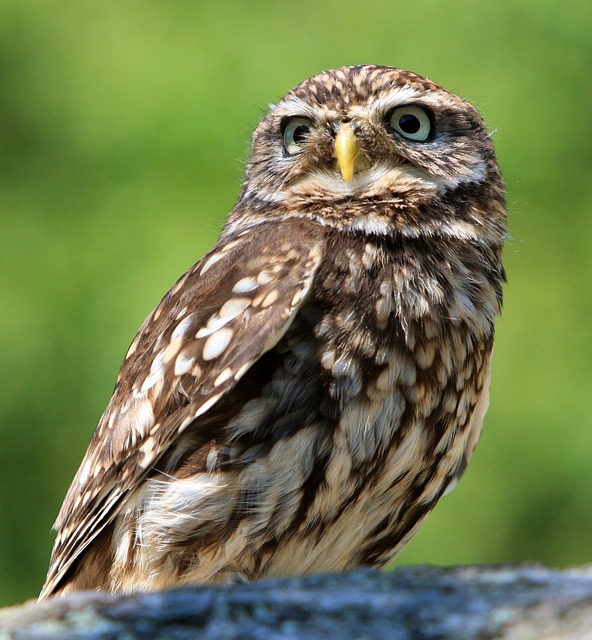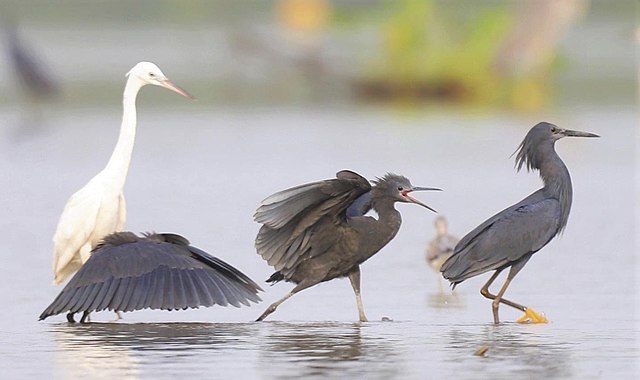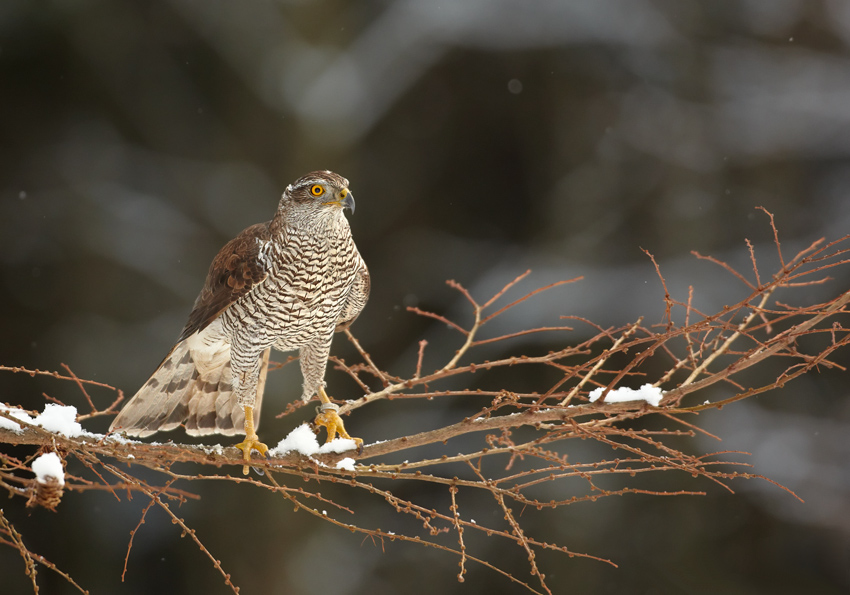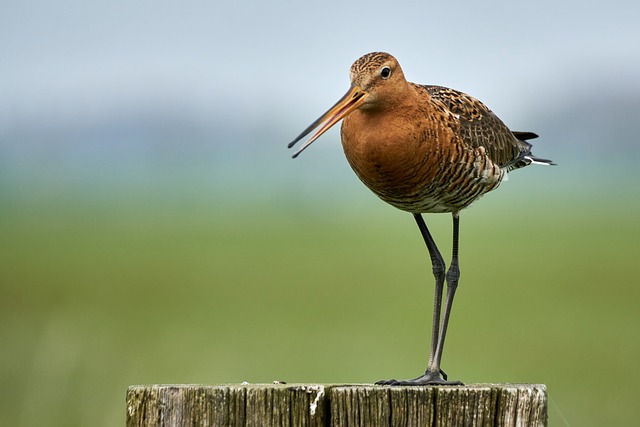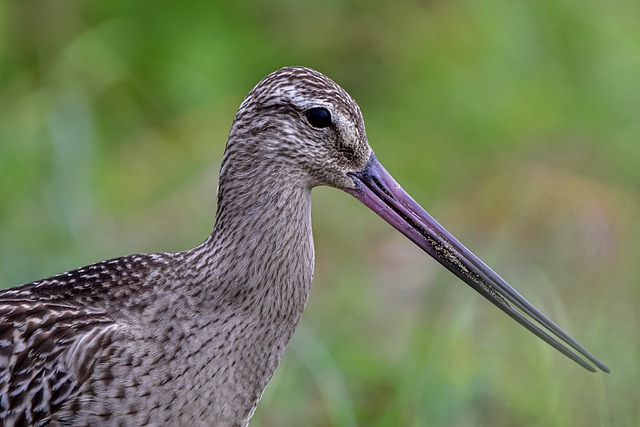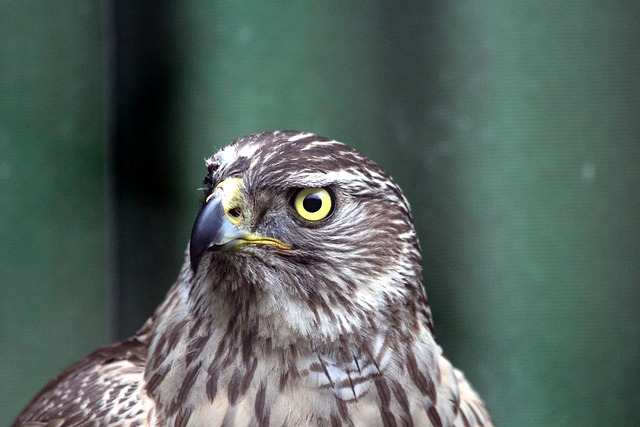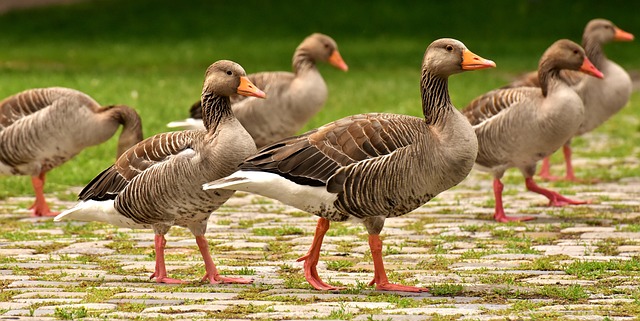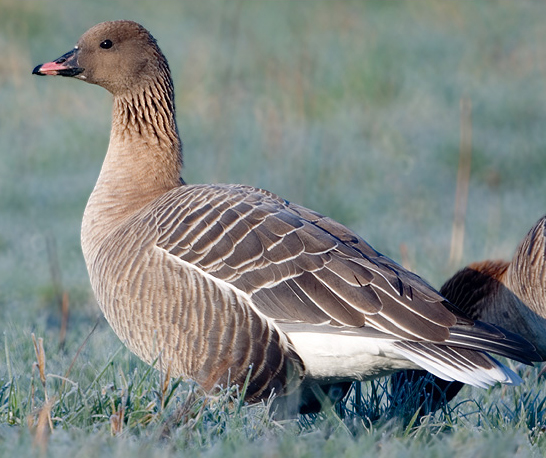The shoebill, also known as the whalehead or shoe-billed stork, is a rare and remarkable bird found in the wetlands of East Africa. With its distinct appearance and important role in the ecosystem, the shoebill has captured the attention of many wildlife enthusiasts and researchers.
In this article, we will delve into the unique characteristics of this fascinating bird and its significance in the local ecosystem.
We will also explore the threats facing the shoebill and the conservation efforts in place to protect it. So, let's take a closer look at the shoebill and discover why it is truly a remarkable bird.
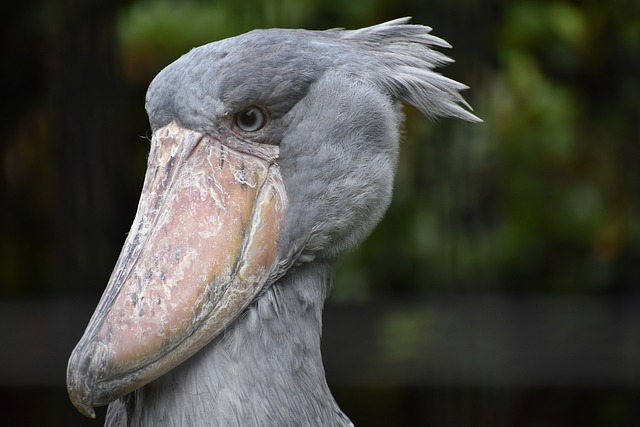
Description of the Shoebill
The shoebill, also known as the whale-headed stork or the shoe-billed stork, is a rare and remarkable bird found in the wetlands of East Africa. This unique bird has captured the attention of many due to its distinctive physical appearance and fascinating behavior. In this section, we will delve into the description of the shoebill, including its physical features, habitat, and distribution.
The shoebill is a large bird, reaching up to 5 feet in height and weighing up to 15 pounds. Its most prominent feature is its enormous bill, which can measure up to 9 inches in length. This bill is hooked at the end and resembles a shoe, giving the bird its peculiar name. Interestingly, the shoebill's bill is not just for show; it is a powerful tool used for hunting prey and defending its territory.
In terms of coloration, the shoebill has a striking combination of grey, black, and white feathers. Its head is covered with short, bristly feathers, giving it a scruffy appearance. This unique coloration and texture of its feathers serve as camouflage, allowing the shoebill to blend in with its environment and ambush prey.
The shoebill is native to the wetlands of Central and East Africa, particularly in countries like Sudan, Uganda, and Zambia. These birds prefer to live in freshwater swamps, marshes, and wetlands with dense vegetation. They are known to be solitary birds, spending most of their time alone except during breeding season. This makes them challenging to spot in the wild, adding to their mystique.
Apart from its fascinating physical appearance, the shoebill also plays a vital role in the local ecosystem. As top predators, they help maintain a balance in their habitat by controlling the population of smaller animals. They are skilled hunters, using their long legs and sharp claws to catch fish, reptiles, and even small mammals. This makes them an essential part of the food chain in their wetland habitat.
Unfortunately, due to habitat loss and human encroachment, the shoebill's population is declining. This has resulted in the species being categorized as vulnerable on the IUCN Red List. Conservation efforts are in place to protect the shoebill and its habitat, such as the establishment of protected areas and wildlife sanctuaries. Additionally, awareness campaigns are being carried out to educate local communities about the importance of preserving this unique bird.
In conclusion, the shoebill is not only a rare and remarkable bird in terms of its physical appearance but also plays a crucial role in the ecosystem. Its large bill, unique coloration, and solitary behavior make it a fascinating species to study and admire. However, it is vital that we take action to protect the shoebill and ensure its survival for future generations to appreciate its beauty.
Behavior and Diet of the Shoebill
The shoebill is not only known for its unique appearance, but also for its interesting behavior and specialized diet. Let's take a closer look at how this remarkable bird behaves and what it eats.
Behavior:
The shoebill is a solitary bird that can usually be found alone or in pairs. It is a slow-moving bird and spends a large amount of time standing still, waiting for its prey. However, it is also known for its sudden bursts of activity when hunting. One of the most fascinating aspects of the shoebill's behavior is its hunting technique. It stands in shallow water with its wings slightly open, mimicking the shape of a dead tree. This camouflage allows the shoebill to blend in with its surroundings and catch its prey off guard.
Diet:
The shoebill's diet consists mainly of fish, especially lungfish and catfish. It is well adapted to its habitat, with its large bill and sharp edges allowing it to capture and hold onto slippery fish. The shoebill is also known to eat other small animals such as frogs, lizards, and even small birds. It has been observed using its bill to dig into the mud and catch prey that may be hiding.
Importance in the Ecosystem:
As a top predator, the shoebill plays a crucial role in maintaining a balanced ecosystem. Its presence helps to keep the populations of its prey in check, preventing overpopulation and imbalance in the food chain. This also helps to preserve the diversity of the ecosystem, as the shoebill's diet includes a variety of species.
Mating and Reproduction:
The shoebill is a monogamous bird, meaning it mates with only one partner for life. During the breeding season, males will perform an elaborate courtship dance to attract a mate. This dance involves the male bowing and bobbing his head while making a distinctive low-pitched sound. Once a pair has formed, they will build a large nest made of reeds and sticks. The female will lay 2-3 eggs, but only one chick usually survives due to the limited food resources in its habitat.
Conservation Efforts:
Unfortunately, the shoebill population is facing several threats, including habitat destruction and illegal poaching. Wetland areas, where the shoebill lives, are being drained and converted for agriculture and development. This not only destroys their habitat but also reduces their food sources. Additionally, the shoebill is a popular target for poachers, who sell their large bills as a highly valued item. To protect their population, conservation efforts are underway, such as the establishment of protected areas and raising awareness about the importance of the shoebill in the ecosystem.
In conclusion, the shoebill is not just a unique and rare bird, but also an important player in the East African ecosystem. Its behavior and diet make it a fascinating species to observe and study, while also highlighting its vital role in maintaining a healthy environment. However, it is crucial to protect and conserve this amazing bird to ensure its survival and the preservation of the delicate balance in its habitat.
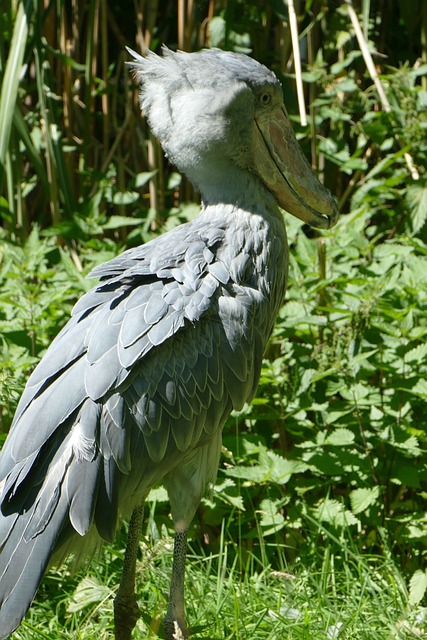
Mating and Reproduction
The shoebill has a unique mating ritual that involves a courtship dance. This dance is a display of affection and bonding between the male and female shoebills. It starts with the male approaching the female and offering her nesting materials, such as sticks and water plants, as a gesture of his commitment. The female then follows the male's lead in a graceful dance, where they bob their heads, spread their wings, and make loud booming calls to each other. This dance can last for hours and helps them establish a strong bond before breeding.
The breeding season for shoebills varies depending on their location, but it typically occurs during the dry season when resources are more abundant. During this time, the pair will build a large nest made of sticks and vegetation in a secluded area near water. The female will lay one to three eggs, and both parents take turns incubating the eggs for about a month.
Once the chicks hatch, they are entirely dependent on their parents for food and protection. The shoebill parents are very attentive and will fiercely defend their young from any potential threats. The chicks grow quickly and can reach the size of an adult within two months. However, they will not reach sexual maturity until they are between three to five years old.
The low reproductive rate of shoebills is one of the many factors that make them vulnerable to extinction. They have a slow growth rate and only produce one to three chicks every breeding season, which makes it challenging to recover from population declines. This slow reproductive rate, combined with other threats, such as habitat destruction and poaching, has led to a decrease in the shoebill population.
To protect the shoebill and increase their chances of successful breeding, conservation efforts have been put in place. These efforts include monitoring the birds' nesting sites, protecting their habitats, and providing artificial nesting structures. Additionally, education and awareness campaigns have been implemented to promote the importance of the shoebill in the ecosystem and the need for its conservation.
In many African cultures, the shoebill is seen as a symbol of power and strength and is often associated with good luck and protection. As a result, it is widely respected and protected by local communities. This cultural significance has played a crucial role in the conservation of the shoebill and has helped raise awareness about the bird's declining population.
In conclusion, the mating and reproductive behavior of the shoebill is a fascinating aspect of this rare and remarkable bird. From their unique courtship dance to their attentive parenting, the shoebill's mating and reproductive habits play a crucial role in their survival. However, with the threats facing them, it is essential to continue efforts to protect this magnificent bird and ensure its existence for future generations.
Threats to the Shoebill
The shoebill, also known as the whale-headed stork, is a rare and remarkable bird found in the wetlands and marshes of East Africa. While it is considered a symbol of pride and beauty in the region, this unique bird is facing numerous threats that endanger its survival. In this section, we will discuss the main threats facing the shoebill and the efforts being made to protect it.
- Habitat Destruction:
One of the most significant threats to the shoebill is the destruction of its habitat. The wetlands and marshes where the shoebill lives are being drained and converted into agricultural land, residential areas, and industrial sites. This loss of habitat not only reduces the available space for the shoebill to live and breed but also disrupts the natural balance of its ecosystem. Furthermore, the construction of roads, dams, and other infrastructure fragments the shoebill's habitat, making it difficult for the birds to move around and find food.
- Illegal Poaching:
The shoebill's large bill, which can fetch high prices in the illegal wildlife trade, makes it a target for poachers. This bird is often killed for its bill, which is believed to have medicinal properties in some local cultures. Additionally, the demand for the shoebill's feathers and eggs in the black market further threatens its population. These illegal activities not only harm the shoebill but also disrupt the balance of its ecosystem.
Efforts to Protect the Shoebill:
Recognizing the urgent need to protect this unique bird, several conservation efforts have been put in place to safeguard the shoebill and its habitat.
- Conservation Projects:
Numerous conservation projects have been initiated to protect the shoebill and its wetland habitat. These projects include monitoring the population of shoebills, restoring their habitat, and raising awareness about the importance of this bird in the ecosystem. Some projects also focus on engaging local communities in conservation efforts to promote sustainable practices that benefit both the shoebill and the people living in its habitat.
- Awareness Campaigns:
Education and awareness are essential in protecting the shoebill. By educating people about the threats facing this bird and the importance of its conservation, we can promote a sense of responsibility towards its survival. Awareness campaigns can also help reduce the demand for shoebill products in the illegal wildlife trade.
In conclusion, the shoebill faces various threats, including habitat destruction, illegal poaching, and climate change. These threats not only harm the shoebill but also have a significant impact on its ecosystem. However, with the implementation of conservation efforts and awareness campaigns, we can protect the shoebill and ensure its survival for future generations to admire and cherish.
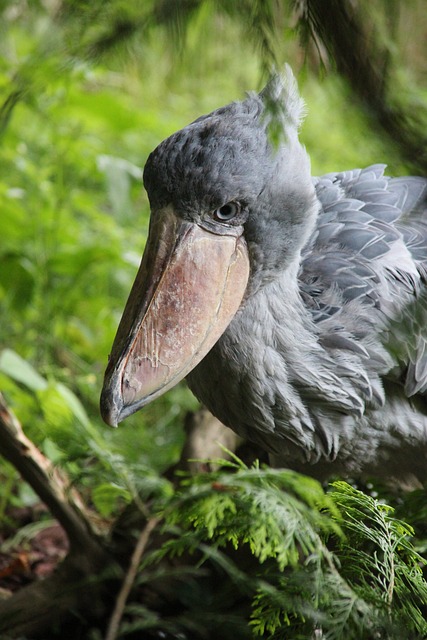
Importance of the Shoebill
The shoebill (Balaeniceps rex) is not only a rare and remarkable bird, but it also plays a crucial role in the ecosystem of East Africa. As a top predator, the shoebill helps to maintain a balanced food chain and is considered an indicator species for the health of the wetland habitats in which it lives. In this section, we will discuss the ecological, economic, and cultural importance of this incredible bird.
Ecological Importance:
As a top predator, the shoebill plays a crucial role in regulating the population of its prey species. Its diet primarily includes fish, reptiles, and small mammals, and by controlling their numbers, the shoebill helps to maintain a healthy balance in the ecosystem. Without the shoebill, there could be an overabundance of its prey, which could lead to a decline in other species and disrupt the delicate balance of the ecosystem.
Moreover, the shoebill is an indicator species for the health of wetland habitats. Wetlands are crucial ecosystems that provide vital services such as water purification, flood control, and carbon storage. The presence and well-being of the shoebill in these habitats is a reflection of the overall health of these ecosystems. Therefore, by protecting the shoebill, we are also protecting the habitats it depends on, which in turn benefits other species and human communities.
Economic Importance:
The shoebill also has significant economic value in the form of ecotourism. Its unique appearance and behavior make it a popular attraction for wildlife enthusiasts and photographers. Many countries in East Africa, such as Uganda and Zambia, offer shoebill safaris, providing a boost to their local economies. The revenue generated from ecotourism helps to support conservation efforts and provides employment opportunities for local communities.
Cultural Importance:
The shoebill has a special place in the culture and traditions of the local communities in East Africa. In some cultures, the bird is considered a symbol of strength and power, while in others, it is believed to bring good luck. For example, in Zambia, the shoebill is known as the “Musapa,” and it is believed that seeing the bird can bring wealth and prosperity. These cultural beliefs and traditions have helped to protect the shoebill and its habitat, as it is seen as a sacred and revered animal.
Conservation Efforts:
Despite its ecological, economic, and cultural significance, the shoebill is facing several threats, including habitat degradation and illegal poaching. However, there are ongoing conservation efforts to protect this bird and its habitat. Organizations such as the Shoebill Stork Conservation Society are working to raise awareness about the importance of the shoebill and its conservation needs. Conservation projects are also in place to protect the wetland habitats and monitor the population of shoebills.
In conclusion, the shoebill is not just a rare and remarkable bird, but it also has immense ecological, economic, and cultural importance. As a top predator and indicator species, the shoebill plays a crucial role in maintaining the balance of the ecosystem, and its conservation is essential for the well-being of other species and human communities. Therefore, it is crucial to continue efforts to protect this magnificent bird and its unique habitat.
